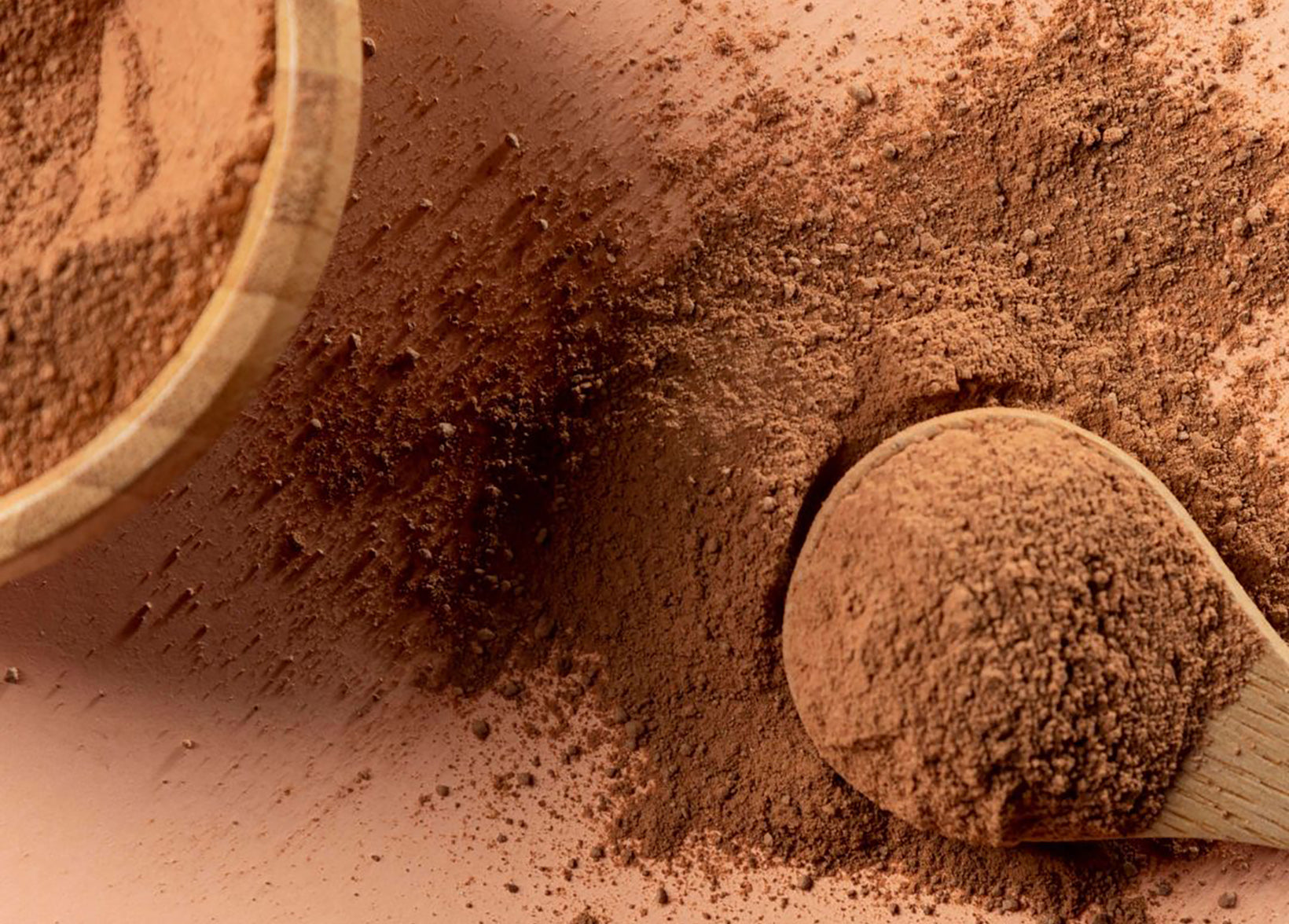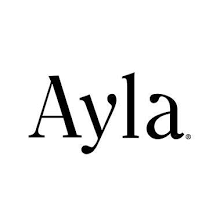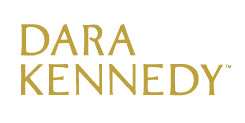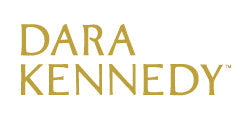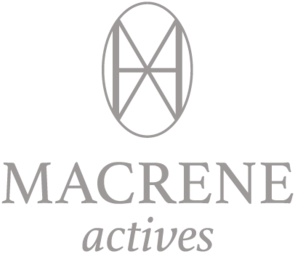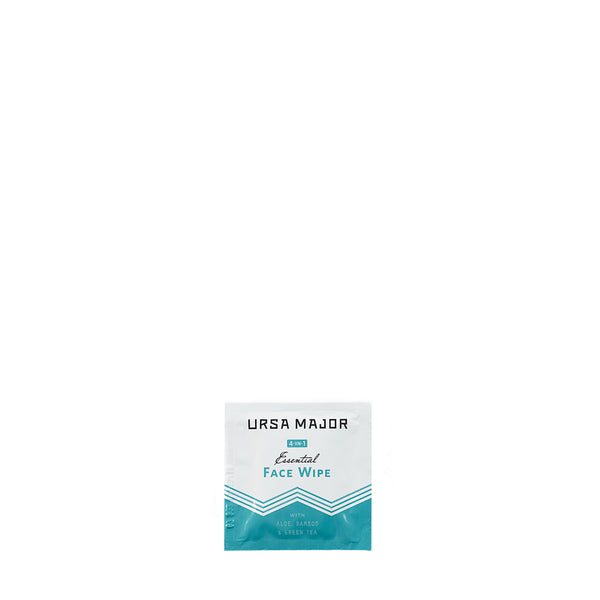Recent Articles
Kinfield Golden Hour is the only bug spray we carry — and when you come across an “it’s the only one of its kind that we carry” situation with us, it’s a sure sign of two things:
- This is an extraordinary product.
- It’s really hard to make something that does what it does — and does it well.
It was the first product created by the outdoor brand, Kinfield, and we adore it and the brand it stands for in equal measure. Read on for the story behind Kinfield with its founder, Nichole Powell.
**
Dara: You started Kinfield with a bug repellent, which indicates that there’s a good story here! Tell us what led you to create Golden Hour.
Nichole:
It amuses my family to no end that I started Kinfield with a bug repellent: I’m from Minnesota, where we say that the mosquito is our unofficial state bird.
It really began, though, when I was living in California. While I was packing for a trip to Yosemite, I realized that I was still taking some of the same products with me that I’d used while I was growing up, like the spray can of DEET mosquito repellent and the artificially neon green aloe gel so many of us remember. But the products I was using elsewhere in my life, at this point, were these beautiful, sustainably sourced, values driven brands. And it made me wonder, “Why isn’t there a brand making sustainable, transparent, clean, effective outdoor products?”
So I started looking around and talking to friends about it. I belong to a club called Bay Area Outdoor Women, and I asked them, “What are you using? What do you recommend?”
In response, I heard a lot of frustration: “I’ve tried every ‘clean’ bug repellent out there, but none of them work.” “I don’t want to use DEET, but there’s also no point in using something that won’t work.”
I was excited by the idea of creating an outdoor product brand that spoke to the way that I was getting outside with my friends: in a fun, recreational way — not with the high intensity of most outdoor brands. I wanted to bring a spirit to it that was joyful and inclusive, one that encouraged people to get outdoors in whatever way moved them.
Dara: I remember the first time I met you, before Kinfield existed, you told me a fascinating story about Bali that led you to work with a specific active ingredient.
Nichole:
I had visited Bali years prior to even having this idea; I traveled there in 2015 as part of a bigger trip. By the time I reached Bali, I’d been traveling for quite awhile and didn’t have any insect repellent on me, but I found that it was the type of place with the elements that make up the perfect recipe for mosquitoes: standing water from these beautiful rice paddies, and tons of heat. So I needed something to protect me from all of those bites and used a product I bought there that was just made of a blend of oils. And surprisingly, it really worked.
Years later, when I was coming up with the idea for Kinfield, my first thought was back to that Indonesian oil blend. And I wondered, “Why did that work, when all these other DEET free products I’ve tried don’t seem to be doing anything?”
Dara: Tell us about this oil blend.
Nichole:
The main ingredient is a citronella that’s grown in Indonesia. If you look at its chemical composition, it’s a more efficacious strain of citronella for repelling mosquitoes because it’s higher in the three key compounds required to act as a repellent: citronellol, citronellal, and geraniol.
Anytime you’re working with a plant based ingredient, the quality of the ingredient matters. I liken it oftentimes to olive oil: the difference you’re going to get is significant between an olive oil you’ll get from a farmer in Italy and the one you get in a big jug at a big box store. So it was important to me to get a high quality oil.
Dara: How did you get your hands on it?
Nichole:
Well, I thought, “Great! I’ll go back to Indonesia, find this magical oil, and make a repellent out of it.” So I flew there to source it and reached out to all the suppliers I could find. So many — and no one would take my emails or calls.
Finally, I found an incredible family-run supplier (the same one we still use). They asked me if I could spare three days to visit so that I could tour the fields, watch the process, and fully understand what was going into this ingredient. Of course, I immediately responded, “Yes, yes!”
The great thing about this supplier is that they work with local farmers — they give them the seedlings, work with them throughout the season to make sure they’re caring for them in the best way, and then buy them back at above-market prices at the end. The result is a superior product, and I was thrilled to work with them.
Then, I went back to the US to find a manufacturer who could take that essential oil and make Golden Hour.
Dara: Tell us about the process of creating the formula – what surprised you along the way?
Nichole:
There was a lot that surprised me; my background is in marketing and business development, not product development. But I was really struck by how much misinformation there is around repellents, sometimes intentionally. DEET-based repellents actually aren’t required to disclose the other ingredients they contain because bug repellents are regulated by the EPA, not the FDA: they’re considered a “body-worn pesticide.” I’ve tried reaching out to some of the companies that don’t disclose what’s in their repellents and haven’t been able to get more information from them about what’s in their formulas. I don’t think there’s necessarily anything nefarious in all of those products, but I think it’s unusual that it’s not disclosed to consumers.
The other thing that many people don’t realize is that a lot of companies are making bug repellents in good faith that actually still don’t adhere to the EPA regulations for “minimum risk pesticides,” which requires that you formulate using only the ingredients on the EPA’s prescribed list of ingredients — the ones they’ve noted to be generally recognized as safe. But because that list hasn’t been updated for a long time, it’s short, and even things like witch hazel aren’t on the list. It makes formulation really challenging.
We’re working with a great regulatory team that’s helped us navigate all of that. But it is a tough industry.
Dara: How does Golden Hour work?
Nichole:
It’s funny: as a society, we actually don’t know exactly how bug repellents work! There are two leading theories. One is that it simply masks you from mosquitoes’ olfactory receptors. The other is that its active ingredients confuse mosquitoes’ olfactory receptors. In any case, there is something about the compounds I mentioned earlier that interferes with these olfactory receptors to keep the bugs away.
We’ve done multiple rounds of body-worn efficacy testing with an entomology lab to ensure efficacy against the specific mosquito variety — Aedes Aegypti — that’s the most widespread in the US. Aedes Aegypti vector for a number of mosquito-borne illnesses: Zika, Yellow Fever, and Dengue. It was important to us to back up the claims that we were making. And we just finished another round of trials that demonstrated an even longer efficacy window than we’d expected.
Dara: That’s great! Any tips for using it?
Nichole:
Golden Hour is a body worn repellent, so you have to spray it on the skin you want to protect (not in the air around you). We’ve put the active ingredients in an alcohol based formula so that it dries really quickly, and we typically see that it protects for 3-4 hours before you need to reapply.
You can spray it on clothes — I’ll spray it on my leggings, for example — but if you want to prevent bites on your arm, spray it on your arm. Be sure to hit the skin where you want to repel bugs. And this may be obvious, but I always like to make sure people know: it’s not intended to be ingested.
I find it helpful to apply it outside, right before I need it. It doesn’t need any time to activate; it starts working right away. It’s a good thing to carry with you on a hike or a trail, too, since you may find that you don’t need it when you begin but you do need it later.
Dara: Anything else you’d like us to know about Golden Hour or Kinfield?
Nichole:
One of the things I’m most excited about, with our products in general, is that we’re in an industry where function has always been the only defining characteristic. We think, “It should work to repel mosquitoes,” or “It should prevent itching,” and that’s all.
But we’re also bringing the same level of skincare standards that many of us are used to — everything we’ve come to expect from our cleansers and shampoos — into these functional products.


